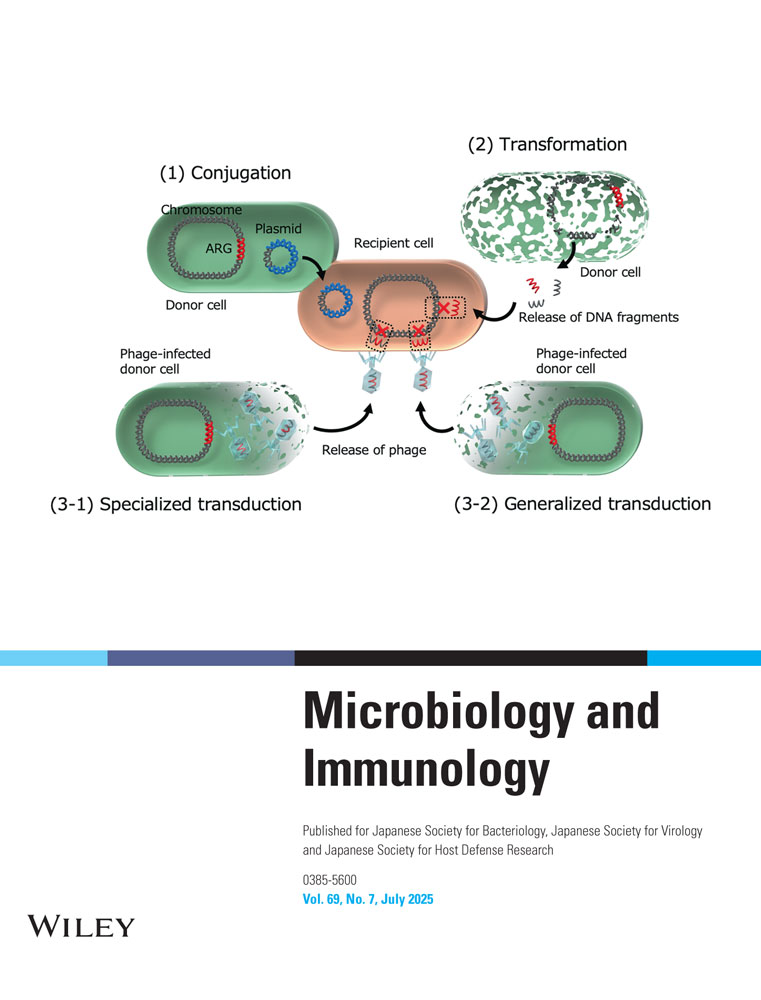Pili Mediated Agglutination of Serratia marcescens in Human Urine
Abstract
Of 51 strains of Serratia marcescens isolated from patients with urinary or respiratory tract infections, 35 agglutinated in human urine. The agglutinating strains possessed numerous pili which were morphologically distinct from common pili or type I pili. The diameter of the pili was 3 nm and the average length was 0.3 μm. Electron microscopic examination showed that 80% or more of the cells of the agglutinating strains and 0 to 8% of the cells of the nonagglutinating strains were piliated. When an agglutinating strain was heated at 55 C for 10 min, it lost its agglutinating capacity and concomitantly its pili. These results suggest that the agglutination might occur because of interactions between the pili and some factors in human urine. The urinary slime appears to contain these agglutinating factors.




